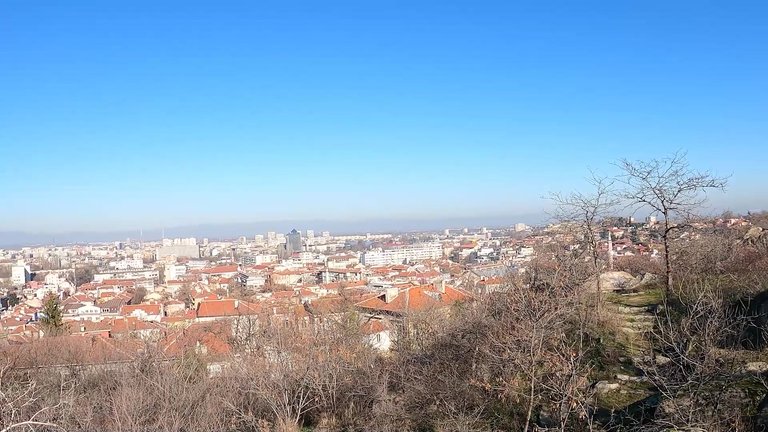
Hello friends. I want to share our experience from our trip to Plovdiv. Plovdiv is one of the oldest cities in the world. Despite being destroyed many times throughout history, the city has never been completely abandoned. It was an important city during the times of ancient Macedonia, ancient Greece and the Roman Empire (both its first and second periods) and later became part of the Bulgarian Kingdom. Today Plovdiv is the second-largest city in Bulgaria.
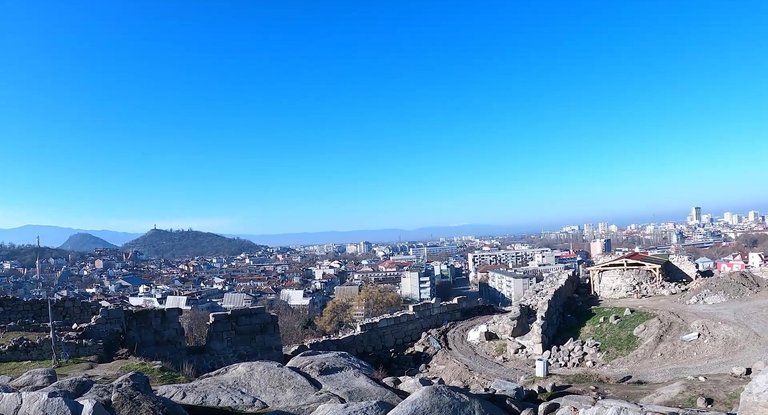
Although Bulgaria is a small country the capital Sofia has a population of 1.3 million, while Plovdiv has about 400.000 residents. The city is vast, ancient and holds many historical wonders that make it a must-visit destination. An interesting detail about Plovdiv is that it is a city built on seven hills. This is similar to the descriptions of ancient cities like Rome and Kiev and it is believed that a mystical ancient energy can be felt here.
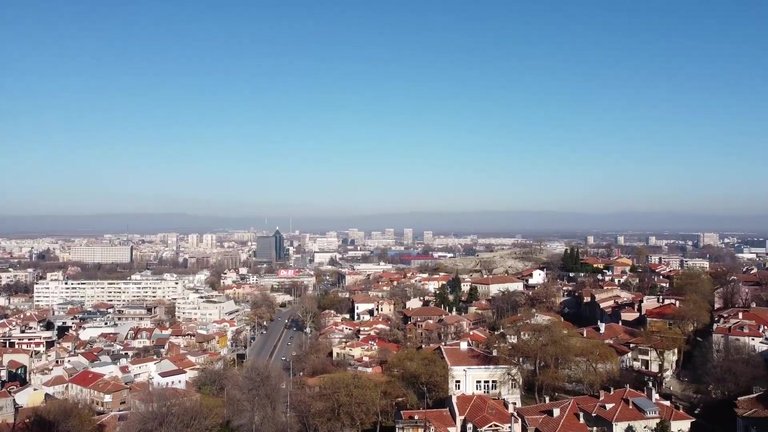
We started our journey from the city center. In the heart of Plovdiv, in the very center, excavations are being conducted at the ancient site of Evmopolis, where the foundations of cultural structures from 6.000 years ago were laid by the ancient Thracians. This area was later referred to by the Ottomans as Tepkermer, which translates to the hill of prayers. Currently excavation work is ongoing here and tourist access is restricted. However, by being careful, we managed to explore and observe this historic area.
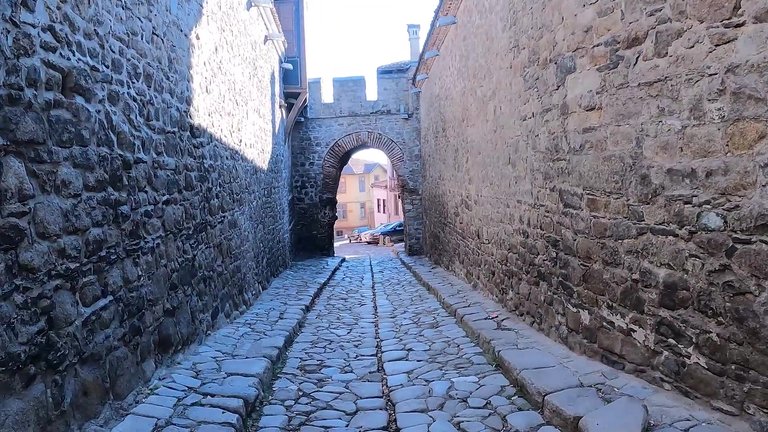
Plovdiv is located at the foot of the mountains and we planned to visit its snow-covered peaks. However, that will be the subject of a different post. We wandered through the remains of the ancient city and considering that these ruins are around 8.000 years old, it is an eerie yet fascinating feeling to walk among them. The atmosphere is truly impressive and magical.
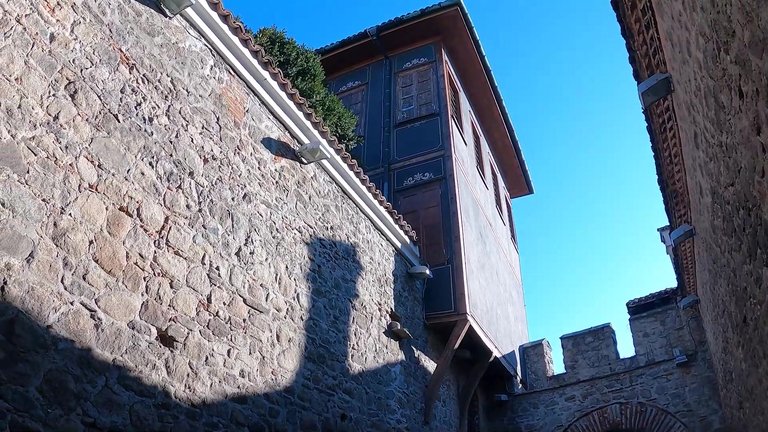
The ancient ruins are being uncovered through ongoing excavations. However, we noticed that there is a lack of tourist information boards about the ancient structures. We came across the remains of an ancient water reservoir, which dates back to approximately 6.000-7.000 years ago. This reservoir played a vital role in supplying water and protecting ancient cities. And we encountered structures under the name Filipapolis. This name originates from King Philip II of Macedonia, who gave the city its name after conquering it.
During the Ottoman period the city was renamed and surrounded by multiple rows of fortresses, some of which have survived into the present day. Walking through these fortresses, we followed a Roman road that is about 2.000 years old. It was an incredible experience. This journey through ancient gates and ruins felt like stepping into a time machine.
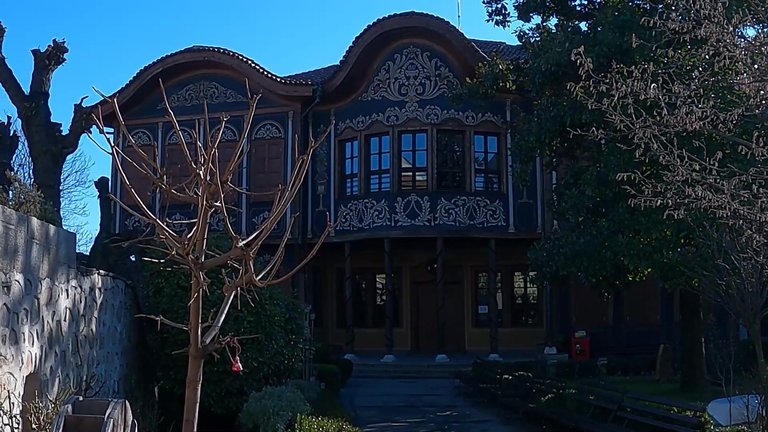
In the city center there are numerous ancient houses, gates and ruins. One of the most important historical landmarks in the city is the Ethnography museum. This museum is a must-see in Plovdiv and it showcases the history and culture of the region. Unfortunately, the museum was closed on the day of our visit because Mondays are the days museums are closed in Bulgaria. Although the reason is not entirely clear, it seems to be treated as a kind of rest day after Sunday. Nevertheless this museum is incredibly beautiful and absolutely worth visiting when it is open.
Visiting Plovdiv takes you on a journey through time. It is a city where ancient history comes alive through its ruins, historic sites and unique cultural heritage. If you ever visit Bulgaria, Plovdiv is a destination you should definitely explore.
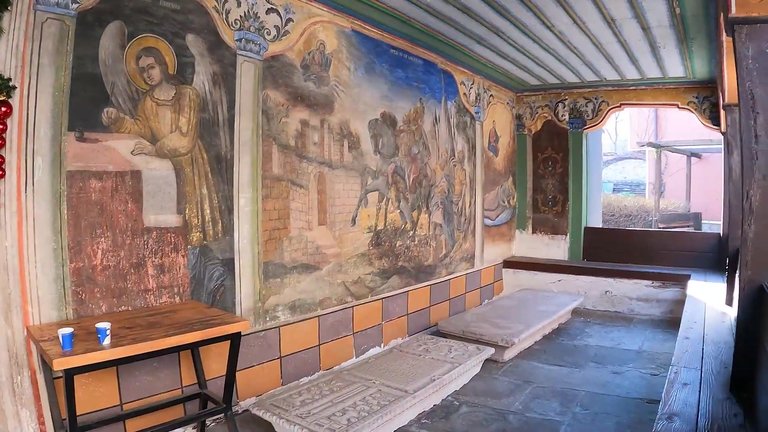
One of the most remarkable landmarks in the city is its churches. All the churches in Plovdiv have been built on top of older churches from the Byzantine and Roman Empires. The first Christian temple was built here by a bishop. The churches in the city are like living museums, filled with incredible frescoes and decorations. If you are someone who follows a spiritual path, visiting these churches and performing your own rituals can be a very special experience.
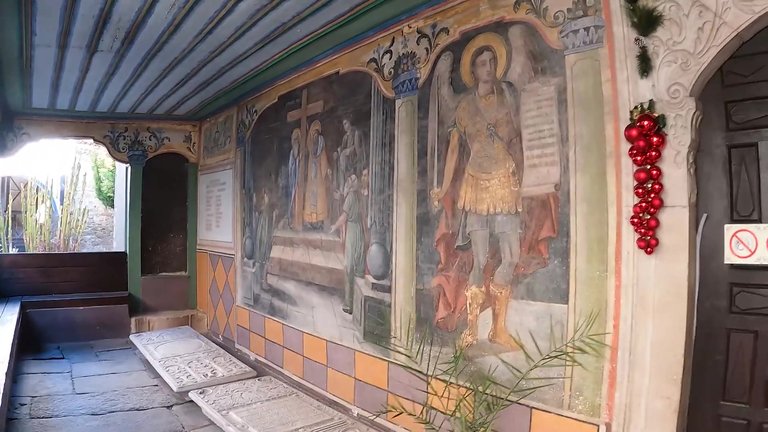
The architecture of these churches is quite fascinating compared to traditional Orthodox architecture. The frescoes and decorations are stunning. Even just the bell tower of a single church resembles a work of art.
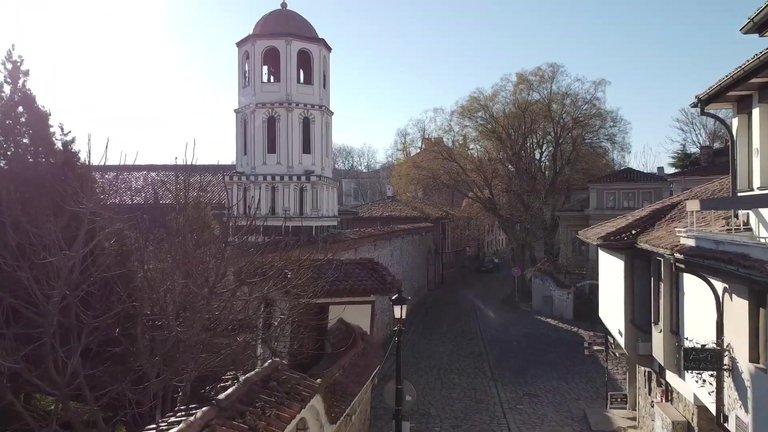
There’s another interesting detail: the locals here have also cultivated banana palm trees. And behind the ethnographic museum, there is a very ancient historical area. This area was conquered by King Philip II of Macedonia in 345 BC and was named Philippopolis. However, the city was completely burned and destroyed. Later in the 4th century ad, Eastern Roman Empire established a full settlement here and the city became a part of the Roman Empire.
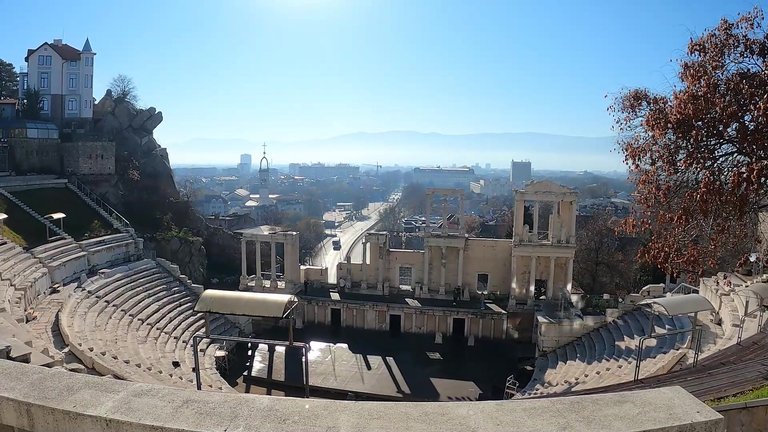
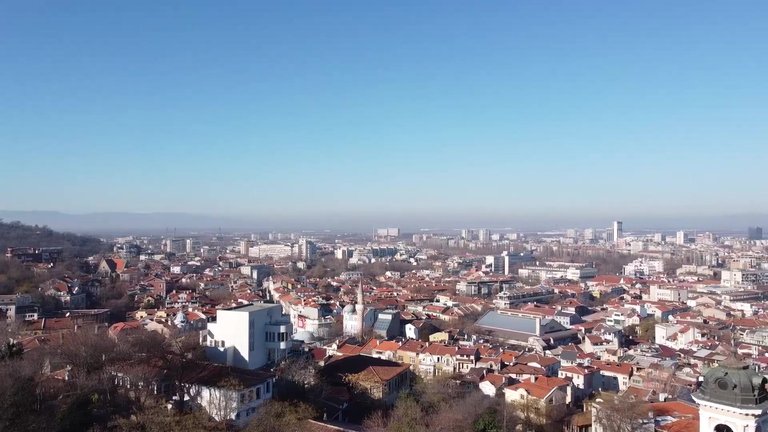
One of the most important remains from the Roman Empire that has survived to the present day is the Roman Theatre. This theatre was discovered in the mid-20th century during a landslide. The landslide revealed a well-preserved Roman amphitheatre underneath. This area was later restored and transformed into a tourist attraction. Entry is free.
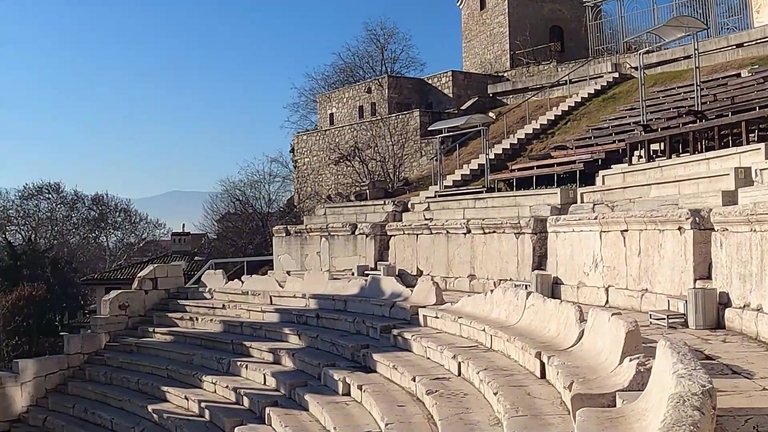
Walking down the steps of the theatre, we descended to the bottom along the same stones that spectators have walked on for approximately 1.000 years. The atmosphere is truly incredible. The theatre has a seating capacity of about 7.000 and its size reflects the size of the city itself. The theatre is dated to the late 4th or early 5th century. Its being buried underground remains a great mystery, but it emerged as a remarkable structure thanks to a major landslide in 1972.
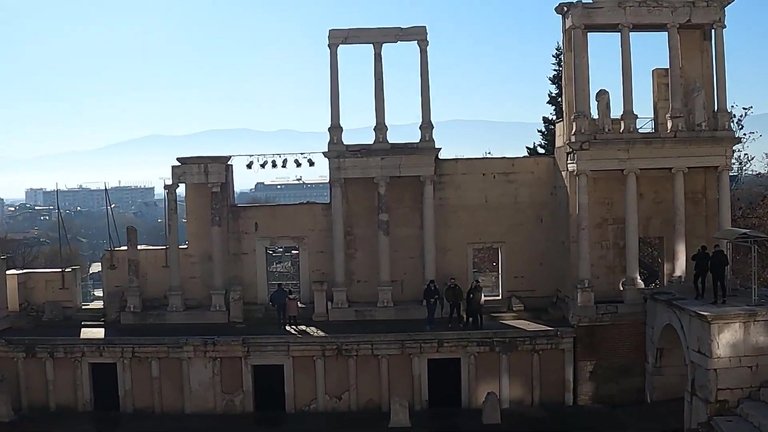
When we sat in the old stone seating rows, we felt like one of the Roman nobility from that period. The structure is truly enchanting and remains in an extraordinary state of preservation. This theatre continues to be used for various events to this day.
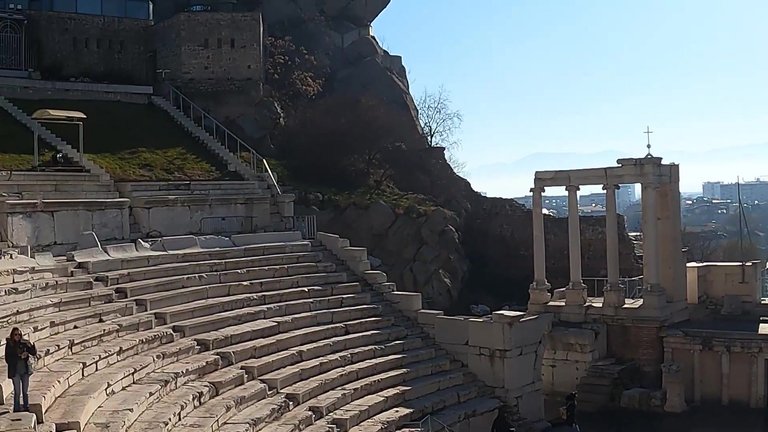
As we walked on the ancient stone steps, we could imagine millions of spectators passing through these same stones. It was an incredible experience. The fact that such an ancient structure is preserved in this way is impressive.
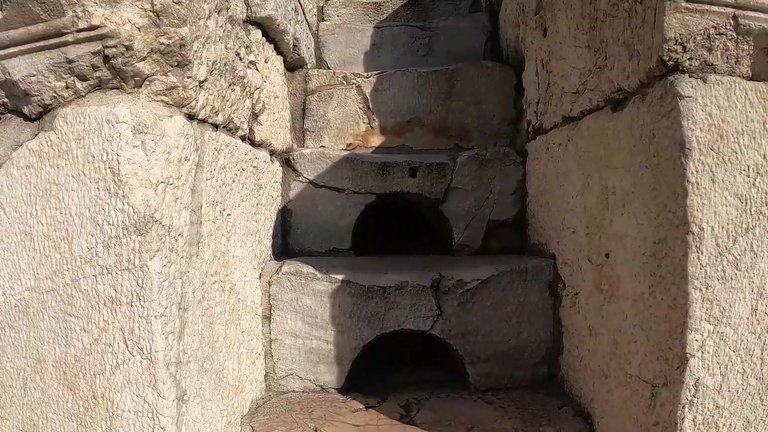
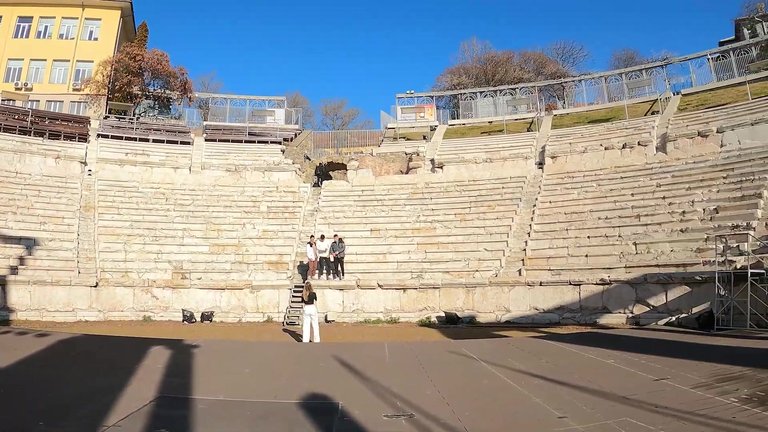
I love walking through the streets of Plovdiv. Especially in the early morning hours, the streets are much quieter and cooler. The houses you encounter on the streets display typical examples of Balkan architecture and each of them is a piece of history. Some of these houses from the 18th century are almost like works of art. They are made of stone, surrounded by narrow streets and cobblestone paths. At every corner there’s a church. Some of these are ancient and very impressive. The majestic structures, stunning frescoes and the beauty of church courtyards are awe-inspiring.
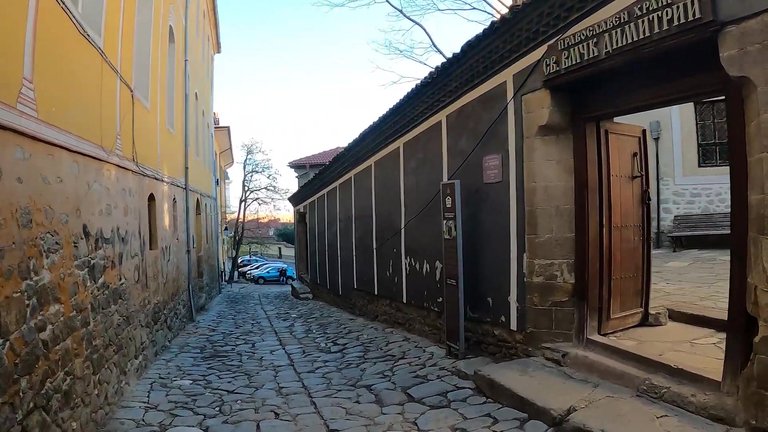
The churches in Plovdiv are like an art gallery. Each one has unique artistic features that can be seen as works of art. This city is truly a paradise of churches. It is fascinating to observe the unique historical heritage reflected in each of these churches. These structures were established during the three Crusades in the early first millennium and have witnessed destruction and rebirth multiple times. The Ottomans captured the city in 1375 and Philippopolis ceased to be a capital and became a part of the Ottoman Empire.
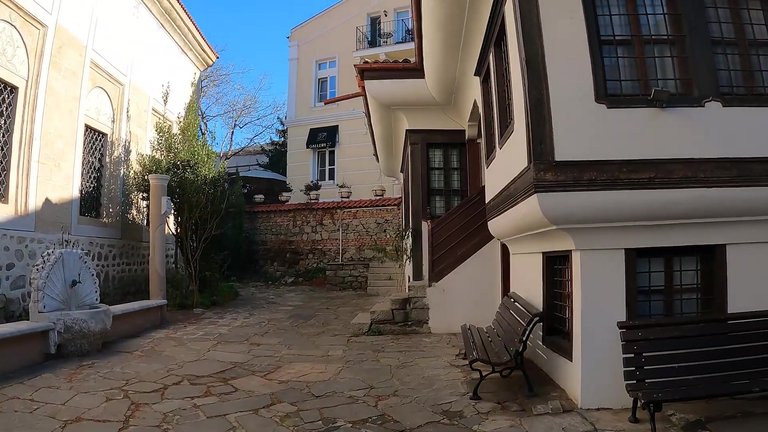
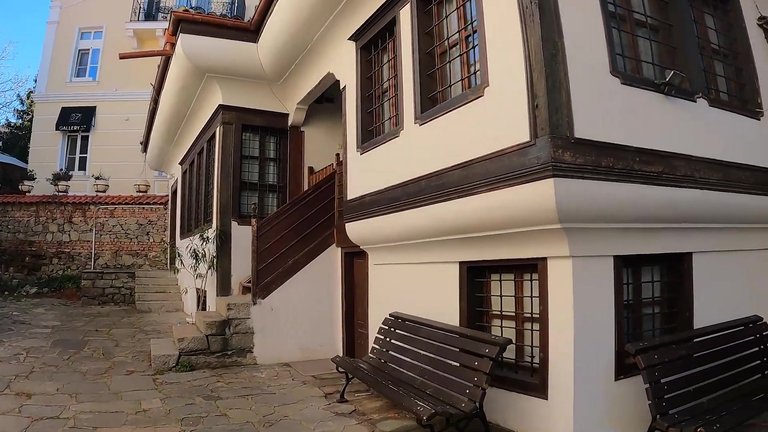
Of course, the Ottomans built mosques here as well. Today the city is a blend of Muslim mosques, Orthodox churches and Roman Empire ruins. There is also an ancient stadium uncovered through archaeological excavations. The stadium has a seating capacity of 70.000 and is entirely buried underground. A shopping mall and some cafes were built over this area. However, it is not possible to completely excavate and clean the stadium because it is built over the modern city. As a result we can currently only see the marble seating and a section of the arena's cobblestones.
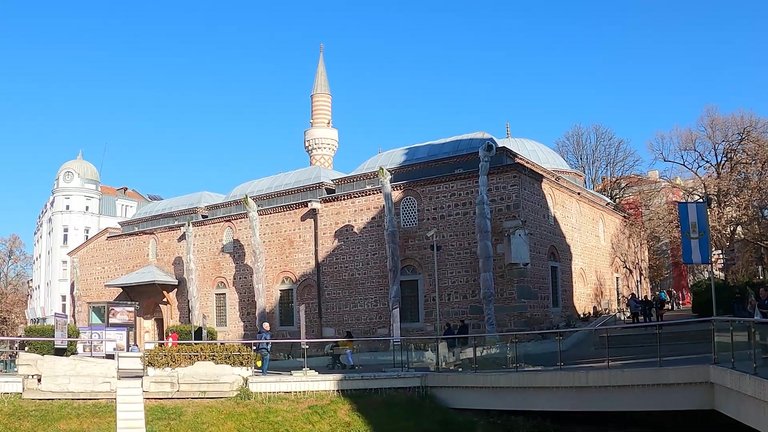
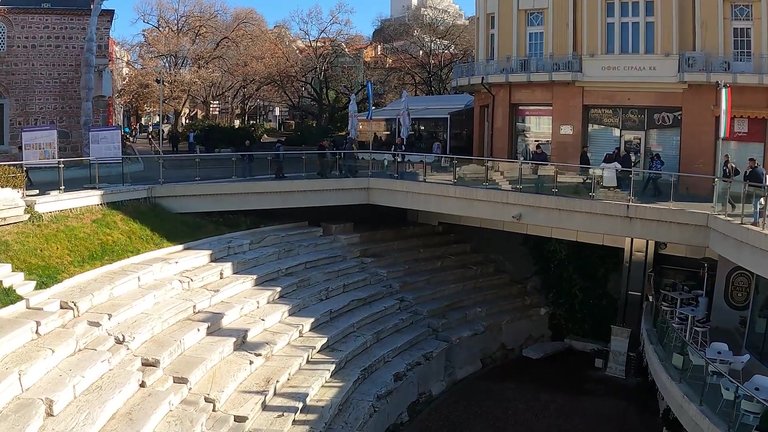
This arena was the site of bloody gladiator battles at the dawn of the millennium. Although sports competitions were held here, the main attraction was the gladiator battles. Everything has been carefully preserved and organized. There is a model of the stadium that gives visitors an idea of its original appearance.
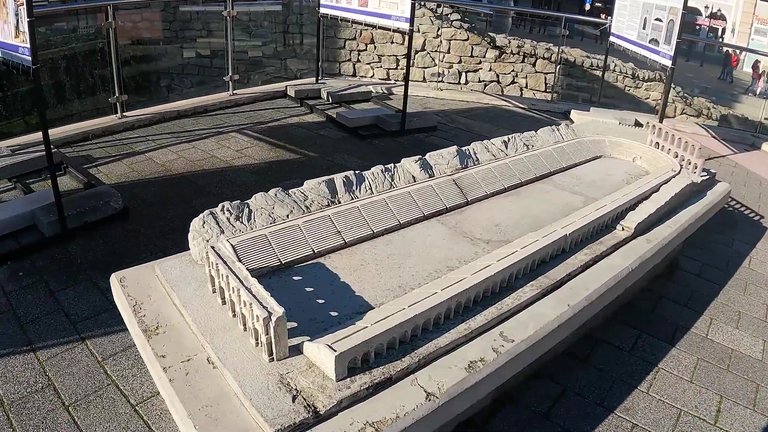
Plovdiv is a city full of tourism appeal. According to statistics over 5 million tourists have visited this city just this year. You must visit here, friends.
We crossed the main pedestrian street, a very long avenue lined with numerous restaurants, boutiques, cafes and fine arts. The city is surrounded by hills, offering stunning mountain views. It is possible to climb these hills. In 2019 Plovdiv was chosen as either the cultural capital of Bulgaria or one of the world’s cultural capitals, a remarkable cultural achievement.
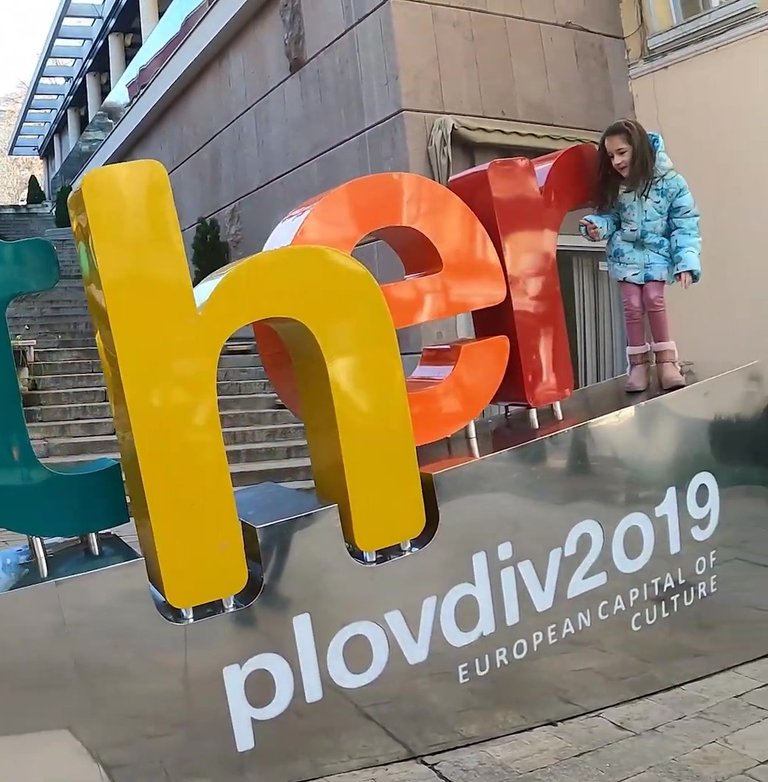
There are some interesting details in the city center. Young people here love spending time on the steps. However, special benches have been made, long, special benches designed for the steps.
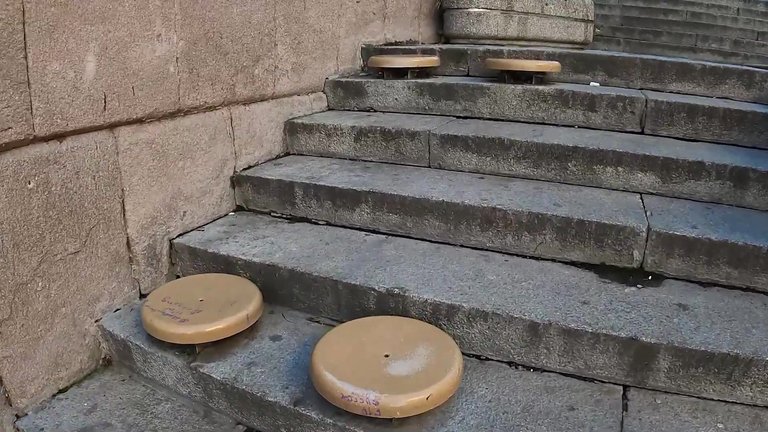
The city has many observation terraces, allowing you to climb up and enjoy panoramic views of the city. Each hill has its own unique structure and the views are breathtaking. Plovdiv is located in the heart of the Balkans, in a wide valley formed by two mountain ranges: the Rhodope Mountains and the Stara Planina Mountains. These mountains extend along the Balkan Peninsula and have a long range.
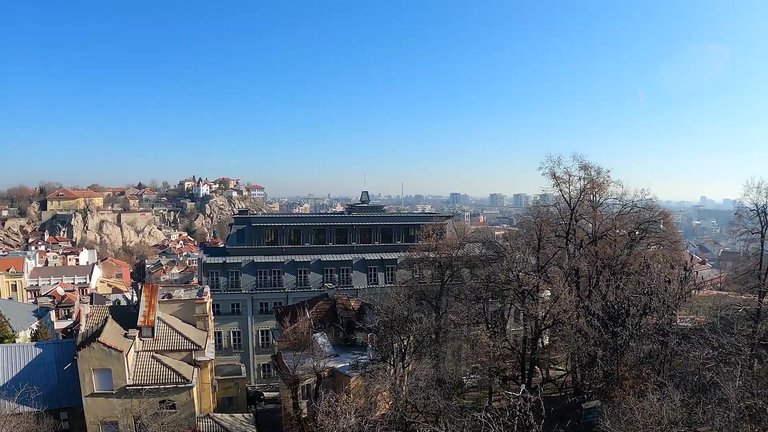
Regarding the climate, it is quite warm and temperate here. Plovdiv is known as one of the warmest cities in Bulgaria. Even in winter the temperature remains relatively high under the sun,around 15°C. Summers are both hot and very mild, making the city quite comfortable to live in. There is also a nearby ski resort called Pamporovo and the sea is just 250 km away.
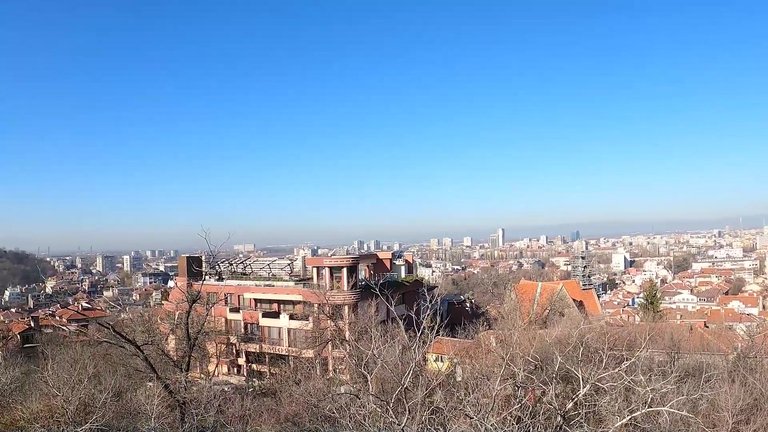
The Ottoman Empire ruled over the borders of present-day Bulgaria for more than 500 years. In 1878 following the Russo-Turkish war, the foundations of the Bulgarian state were laid. Excavations and restorations in this region were conducted in the 1970s and 1980s, allowing the city to return to its former appearance.
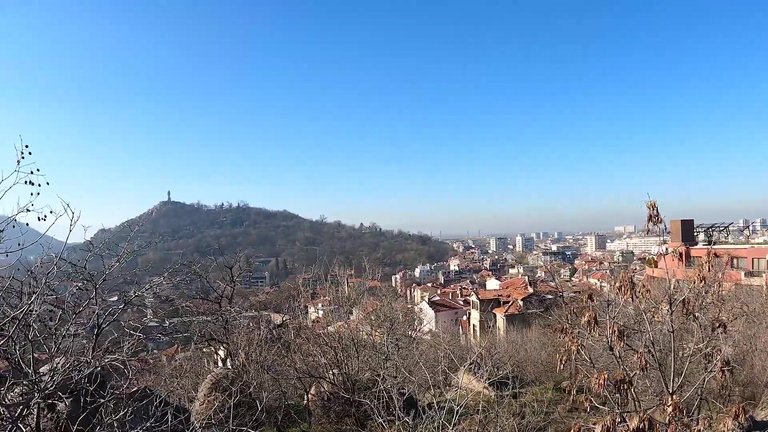
We visited the Roman Forum, where an interesting fact stood out: ancient ruins are located beside a Soviet-era post office. This is because Bulgaria was part of the socialist bloc and went through certain periods influenced by Soviet rule.
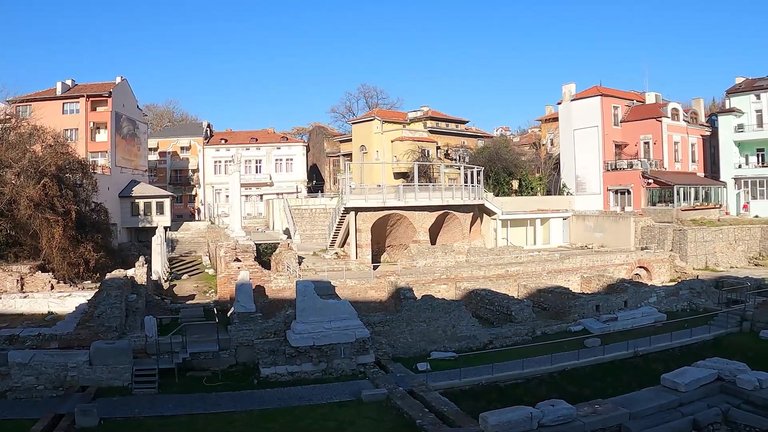
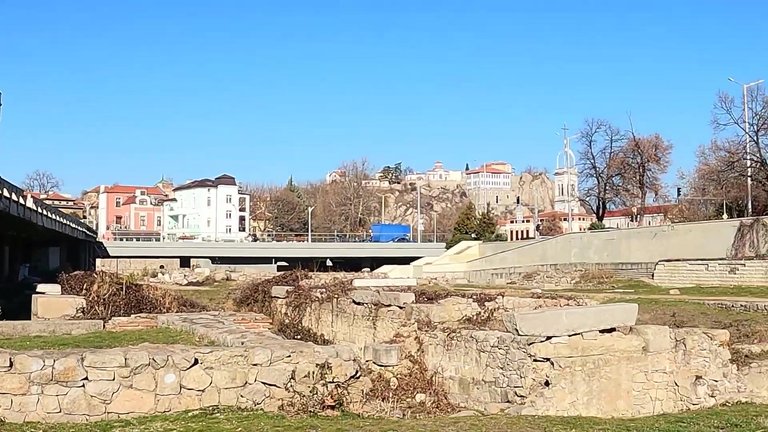
Friends, that’s all for today. I’d like to conclude my post with photos of this wide Roman road. For me, this road symbolizes infinity. These ancient roads make me feel like I’m traveling through time. It seems to have been restored in some way and has had some columns added. In any case it is a very interesting structure.
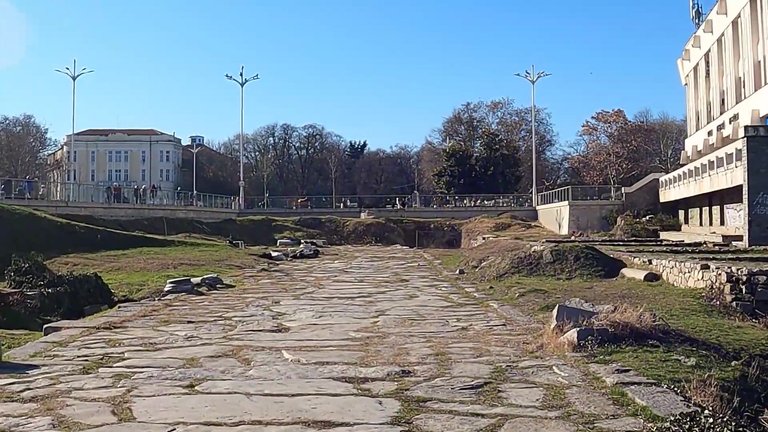
Hiya, @lizanomadsoul here, just swinging by to let you know that this post made it into our Honorable Mentions in Travel Digest #2404.
Your post has been manually curated by the @worldmappin team. If you like what we're doing, please drop by to check out all the rest of today's great posts and consider supporting other authors like yourself and us so we can keep the project going!
Become part of our travel community:
thank you so much 😊
You are very welcome @belico! it was well deserved. ☀️
Keep up the great work 💪
Congratulations @belico! You received the biggest smile and some love from TravelFeed! Keep up the amazing blog. 😍 Your post was also chosen as top pick of the day and is now featured on the TravelFeed front page.
Thanks for using TravelFeed!
@for91days (TravelFeed team)
PS: Did you know that we launched the truvvl app? With truvvl, you can create travel stories on the go from your phone and swipe through nearby stories from other TravelFeed users. It is available on the Apple App Store and Google Play.
thank you for the support 😊
Congratulations, your post has been added to the TravelFeed Map! 🎉🥳🌴
Did you know you have your own profile map?
And every post has their own map too!
Want to have your post on the map too?
- Go to TravelFeed Map
- Click the create pin button
- Drag the marker to where your post should be. Zoom in if needed or use the search bar (top right).
- Copy and paste the generated code in your post (any Hive frontend)
- Or login with Hive Keychain or Hivesigner and click "create post" to post to Hive directly from TravelFeed
- Congrats, your post is now on the map!
PS: You can import your previous Pinmapple posts to the TravelFeed map.Opt Out
You can check out this post and your own profile on the map. Be part of the Worldmappin Community and join our Discord Channel to get in touch with other travelers, ask questions or just be updated on our latest features.